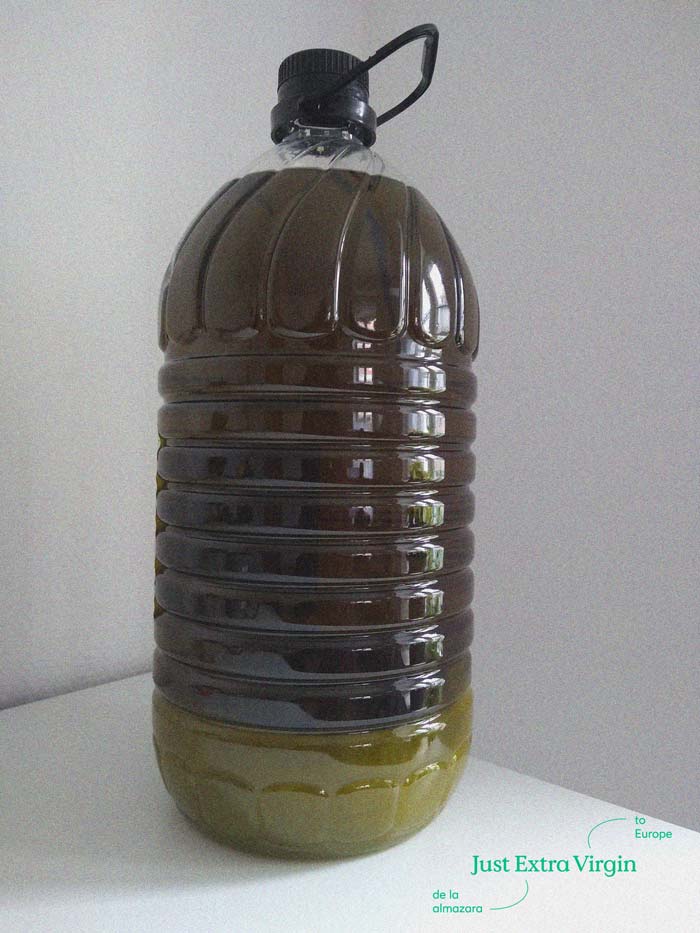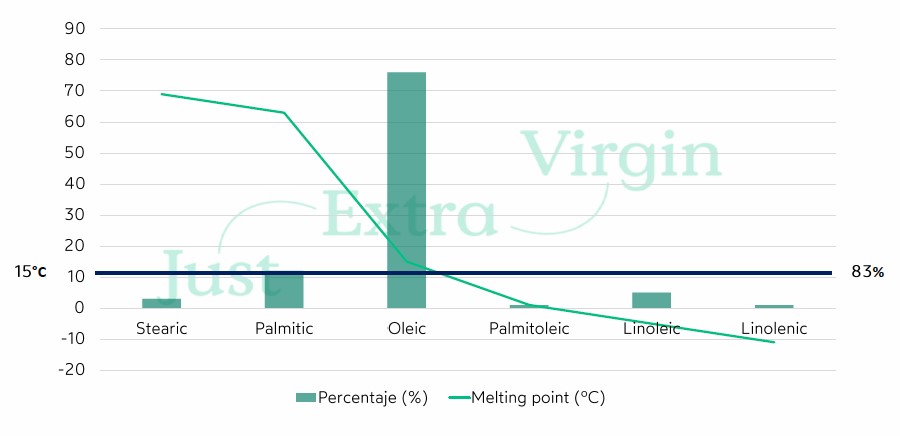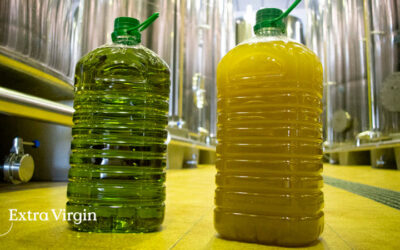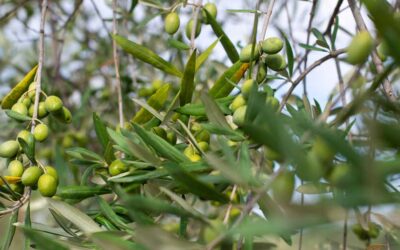We have ordered extra virgin olive oil (EVOO). We have received it and it has white lumps, or we have the EVOO at home and during winter, these lumps have appeared. The first impression we get is that it is a poor quality product, that it may be dirty or adulterated. Nothing could be further from the truth…
Why does Extra Virgin Olive Oil solidify?
These white lumps are precipitates of the EVOOs’ fatty acids, which solidify at higher temperatures, sometimes at room temperature. A high percentage of these fatty acids are found forming triglycerides by binding with trialkyl alcohol glycerol, being those the major part of the saponifiable fraction of the EVOOs.
Depending on their structure, fatty acids can be classified as saturated (no double bonds), monounsaturated (one double bond) or polyunsaturated (more than one double bond). In this sense, the main fatty acids that EVOO contains are oleic, -monounsaturated, approximately 75%-; palmitic and stearic -saturated, approximately 12% and 3% respectively- and linoleic and linolenic -polyunsaturated, approximately 5% and 1% respectively-.
What do the melting and freezing points have to do with it?
This is where the melting point and freezing point come into play. The first one is the temperature at which a substance changes from a solid to a liquid state. The melting points of the fatty acids that EVOOs contain are different, being higher in saturated fatty acids – approximately 65ºC – than in monounsaturated fatty acids – approximately 15ºC – or polyunsaturated fatty acids – approximately 10ºC below zero -. If we look at the following graph, and remember the fatty acid composition mentioned above for the Picual variety, we can see that 83% of those have a melting point of around 15ºC.

Main fatty acids in EVOO, picual variety

Is it good or bad if lumps appear in the oil?
In short, this is a normal process that does not affect the quality of our EVOO and, as positive aspects, we can assure that we have acquired a genuine product, free of mixtures and adulteration processes. Furthermore, it is rich in oleic acid, a monounsaturated fatty acid that is healthy and has numerous beneficial properties for our organism, such as reducing cardiovascular risk, improving insulin sensitivity, reducing inflammation, etc. To restore its original state, we only need to warm up our oil a little, in a similar wayto the “bain-marie”, but in this case, we will be careful not to exceed the temperature of the water and we will only keep it there for a few minutes. In this way, we will see how our oil takes on its natural appearance.Discover our olive oils from traditional olive grove
Find a selection of the best EVOOs in our online shop.






0 Comments